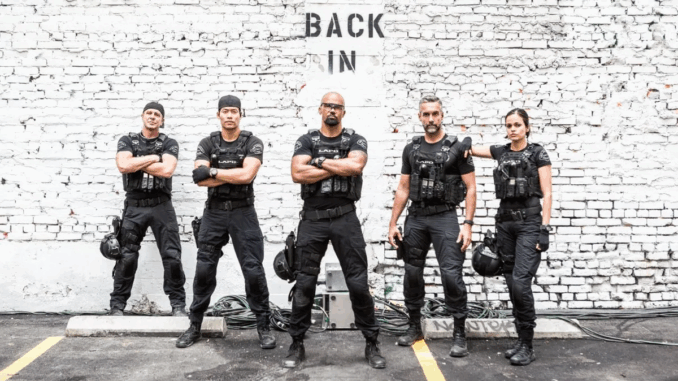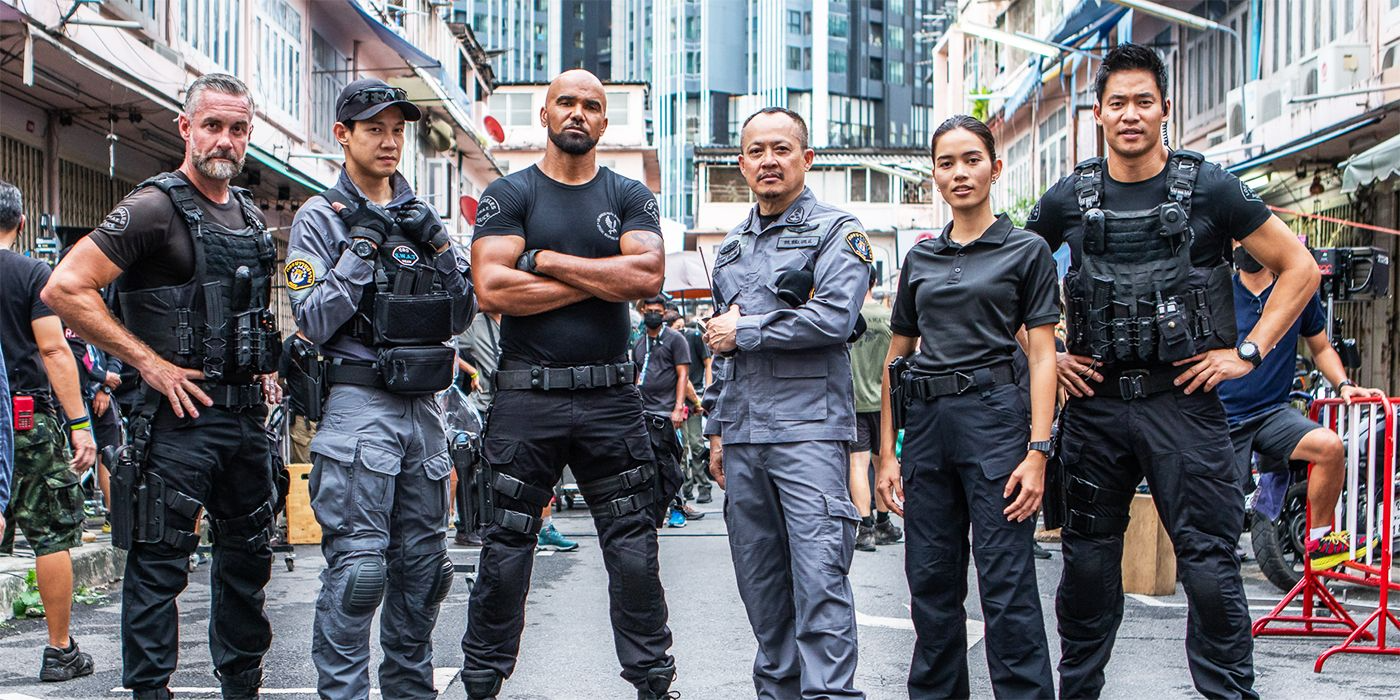
S.W.A.T. has tried over the years to touch on topics like police-community relations, diversity, and social justice. Yet compared to a show like This Is Us, it often feels surface‑level. This Is Us masterfully weaves race into character arcs—through dialogue, conflict, and subtle storytelling. If S.W.A.T. truly wants depth, it could benefit from that approach.
This Is Us Does More Than Mention Race—It Lives It
Randall and Kevin’s Hard Conversation
One standout scene in This Is Us is when Randall confronts his brother Kevin about lifelong racial blind spots. That emotional breakthrough—where Kevin admits he didn’t fully understand Randall’s struggle—resonated deeply with viewers and critics alike. Reddit+3People.com+3Vanity Fair+3Reddit+14EW.com+14insightnews.com+14The Washington Post
Microaggressions and Identity Are Made Visible
The show doesn’t shy from depicting microaggressions—like Rebecca’s mother making Randall feel “other.” It’s subtle yet powerful, showing the sometimes quiet but no less painful ways racism can surface. Vulture+3Bustle+3Reddit+3
Class and Race Intersect Thoughtfully
Through Randall’s relationships—like teenage love interests from varying socioeconomic backgrounds—the series explores how class and race intertwine. The narratives feel rooted in lived experience. pajiba.comAP News
S.W.A.T. Touches Race—but Often in Flashbacks or Action Beats
: Hondo’s Flashbacks Are a Step Forward
One episode shows young Hondo reflecting on L.A.’s 1992 riots, contrasted against his father’s pain from the 1965 Watts riots. That provides personal context—but it’s episodic, not systemic. insightnews.com+3The Washington Post+3yoppvoice.com+3
Community Moments, Lacking Depth
While S.W.A.T. does community outreach storylines—charity, youth programs, neighborhood trust building—it often ends in action not genuine reflection. The Washington Post+2yoppvoice.com+2EW.com+2

Diverse Cast Doesn’t Always Mean Diverse Perspective
Yes, the team includes women, people of color, and LGBTQ characters—but the narrative rarely gives them space to unpack identity politics meaningfully. The result: representation without resonance. yoppvoice.com
What S.W.A.T. Can Learn from This Is Us
| This Is Us Technique | How S.W.A.T. Could Apply It |
|---|---|
| Randall–Kevin emotional confrontation | Hondo discussing race and policing with his team |
| Microaggression and subtle racism arcs | Officers exploring community distrust and bias |
| Whose POV matters? Show Black characters’ lenses as central | Let marginalized voices drive plotlines |
Character-Driven Race Storylines S.W.A.T. Should Try
Internal Conversations About Policing
Instead of action-heavy flashpoints, give Hondo and crew space to reflect on race—privately or in small settings—to show growth and ethical complexity.
Let Identity Inform Character Arcs
What does race look like for a Latina officer like Alfaro or an Asian-American officer like Tan? Integrating these perspectives can enrich the narrative and add nuance.
Model Real Conflict, Not Just Action
Conversations between officers and community members—triggered by real incidents—can showcase gray areas, missteps, growth—not just fight scenes.
Why This Matters for Viewers
Race Isn’t Just Backdrop—it’s Everyday Reality
Much like Randall’s evolving identity in This Is Us, characters on S.W.A.T. don’t carry colorless experiences. Acknowledging that deepens storytelling.
It Moves Beyond Cop Drama and Into Truth
Audiences crave shows that reflect real fractures and healing. S.W.A.T. can lead by showing how law enforcement grapples with systemic issues—not avoid them.
Conclusion: S.W.A.T. Has the Foundation—Now It Needs the Depth
This Is Us didn’t shy away from race; it embraced it—through complicated characters, sensitive writing, and transformative dialogue. S.W.A.T. has the cast, audience, and setting to tackle race visibly—but to stand out, it must move from action-heavy reflexes into deeply human storytelling.
It’s possible. In fact, it’s overdue.
❓FAQs
1. Does S.W.A.T. address race at all?
Yes—through episodes exploring police use-of-force, unrest, and Hondo’s family history—but typically in action-focused or episodic flashbacks rather than continuous character development.
2. How did This Is Us handle racial themes differently?
This Is Us integrated race into the emotional core—via Randall’s self-discovery, difficult conversations with Kevin, and subtle microaggressions that reveal deeper family truths.
3. Could S.W.A.T. include a Randall–Kevin style talk?
Absolutely. A team-based conversation or peer-to-peer talk between Hondo and another officer could mirror Randall’s powerful moments.
4. Why did TV struggles with race feel easier on This Is Us?
Because This Is Us gave characters space to explore emotion, guilt, growth and connection—not just police action—and centered marginalized viewpoints.
5. What changes in front of and behind camera could help S.W.A.T.?
Increasing leadership roles for writers and directors of color—and crafting stories from their perspectives—can elevate narrative authenticity beyond casting alone.
